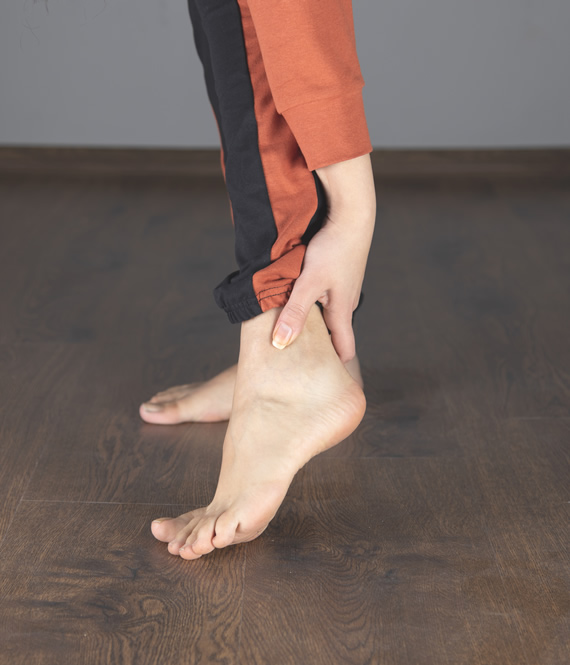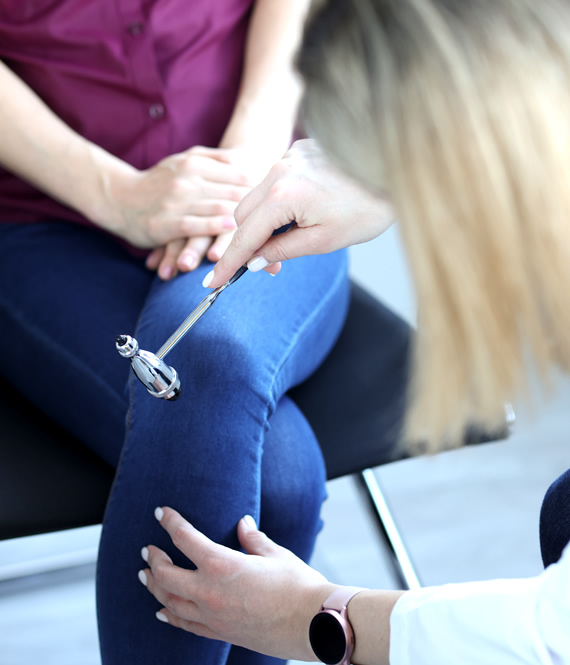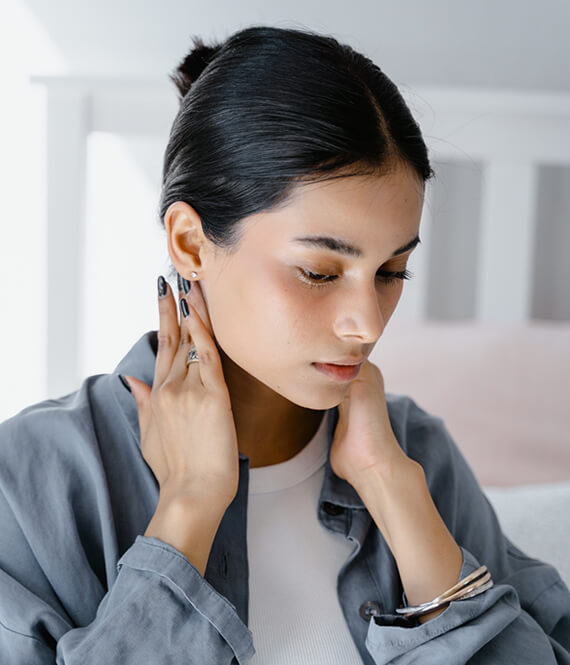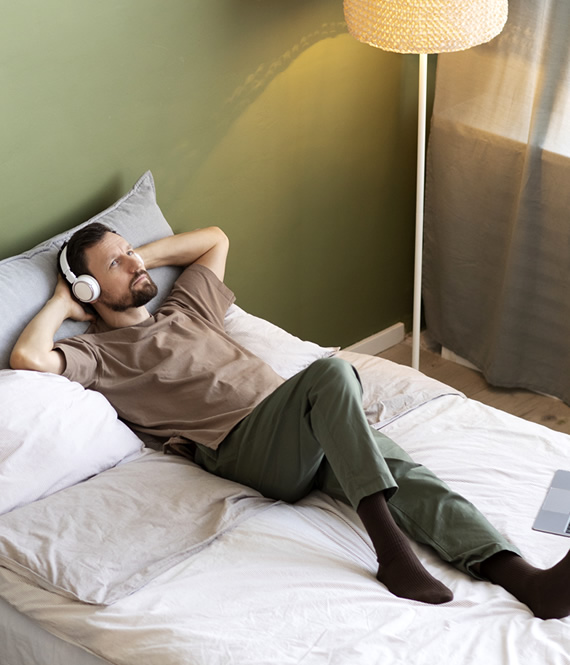
Heel Spurs: What Are They & How To Get Relief
We recommend helpful products in our articles. Read our full disclosure here. The content on this website is not intended to be a substitute for professional advice, diagnosis, or treatment.
What exactly is a Heel Spur?
A heel spur is a calcium deposit on the underside of your heel bone that causes a bony protrusion.
It is difficult to diagnose a heel spur without a proper x-ray test.
Until diagnosis, heel discomfort that is likely to be caused by a heel spur is called heel spur syndrome.
Heel Spurs can be flat, hooked, or even pointed, and grow on the heel bone, pointing toward the arch of the foot.
They can grow to be half an inch long.
Although a heel spur is not always painful, it can cause heel pain.
They are frequently linked to Plantar Fasciitis.
Following a diagnosis, investigations are usually conducted to determine why you have one.
Heel Spurs are frequently caused by underlying conditions, and other treatments may be required.
Heel Spur Symptoms
Heel spurs do not always cause symptoms.
If they do, they can cause intermittent pain or chronic pain.
It can be especially prominent when walking, running, jogging or participating in sports activities.
In most cases, pain at the site of the spur is caused by soft-tissue injury in the area around it, rather than the spur itself.
Common signs and symptoms of heel spurs:
- Throughout the day, you might feel a dull discomfort in the heel;
- When you first rise up in the morning, your heel hurts like being stabbed with a knife;
- Signs of inflammation, and swelling in the front of the heel;
- The damaged area radiates heat;
- Under the heel there is a little, visible bone-like protrusion;
- Tenderness in the sole of the heel makes walking barefoot difficult.
Heel Spur Causes
Heel spurs develop when calcium deposits form on the underside of the heel bone over a period of months.
Common heel spur causes include:
- Anomalies in gait that put too much strain on the feet;
- Walking on firm surfaces, also – jogging, or running;
- Shoes that are worn or ill-fitting;
- Obesity;
- Stress and wear on the heel tissue over time;
- The heel bone suffers from wear and tear as we age.
Health conditions that might lead to heel spurs include:
- Diffuse idiopathic skeletal hyperostosis;
- Plantar fasciitis;
- Ankylosing spondylitis;
- Reactive arthritis.
Heel Spur Treatments
If your heel pain lasts more than a month, you should see a medical professional.
There are many helpful heel spur treatment options that can give you relief.
1. Changes in activity
Plantar fasciitis and Achilles tendonitis will necessitate severe physical activity limits in order for the ligament or tendon to heal.
The goal with symptomatic heel spurs is to lessen the stress on the heel.
To allow tissue swelling to diminish, athletic activity, carrying heavy objects, and long periods of standing or walking may need to be curtailed or halted entirely.
2. Changes in lifestyle
Unless surgically removed, heel spurs do not go away.
A heel spur can be relieved by losing weight, wearing better-fitting shoes, and modifying one’s walk.
A spur on the back of the heel can irritate the Achilles tendon, thus lifestyle adjustments can help.
3. Bracing
Standard and effective treatments for plantar fasciitis and Achilles tendinitis include night splints, bracing, and taping.
A night splint may be prescribed to relieve heel spur pain in addition to greatly lowering foot discomfort and facilitating recovery from these diseases.
4. Medications
The pain from symptomatic heel spurs may usually be handled with ice packs and over-the-counter pain medications in most patients.
An orthopedist may utilize cortisone injections in the soft tissues surrounding the spur to give long-term pain relief if conservative pain therapy is ineffective.
5. Surgery
An orthopedic specialist can surgically remove the heel spur after all other therapies have failed.
However, any bone spurs or calcium deposits on the bone are routinely removed during surgical treatment of plantar fasciitis or Achilles tendinitis.
However, bone spur removal does not always improve heel discomfort.
Furthermore, if the underlying reason is not addressed, heel spurs can always develop back.
6. Orthotics
Plantar fasciitis and Achilles tendinitis are treated using orthotic devices such as arch supports.
On load-bearing heel spurs, however, heel implants or heel spur pads can greatly ease strain and pain.
Walking or running shock is also evenly distributed with inserts and padding.
To prevent the extra stress that causes heel spurs to form, a podiatrist can assist install orthotics that adjust for flat feet, fallen arches, or inappropriate walking habits.
Supportive shoe inserts are developed to relieve heel discomfort effectively.
Such insoles will provide cushioning for shock absorption while supporting the longitudinal and transverse arch.
The insoles will lift the heel, reducing tension on the tendon and alleviating any severe heel pain you may be feeling.
This is a low-cost and effective method of treating heel pain that does not disrupt your daily routine or hinder you from participating in physical exercise.
Plantar Fascia insoles are a long-term remedy for heel discomfort and aid with other foot health issues.
Podiatrists advise good arch support insoles to help prevent and treat heel discomfort, as well as other disorders like flat feet.
Insoles support the curve of your feet, raising your heel and relieving stress on your feet’s supportive structures to provide excellent treatment for a variety of foot-related disorders.
They also include extra padding for improved shock absorption.
Conclusion
Heel spurs are uncomfortable and can be painful.
Visiting a health specialist to find the cause of your heel spur can help you to find the best ways to deal with them.
There are many helpful options that can give you relief and prevent heel spurs from getting worse.
"We love to research problems, examine studies, analyze solutions, and share with you ideas that make life healthier. You can learn about us and our editorial standards here. Have suggestions or feedback to share? Send us a message!."













Leave a Comment